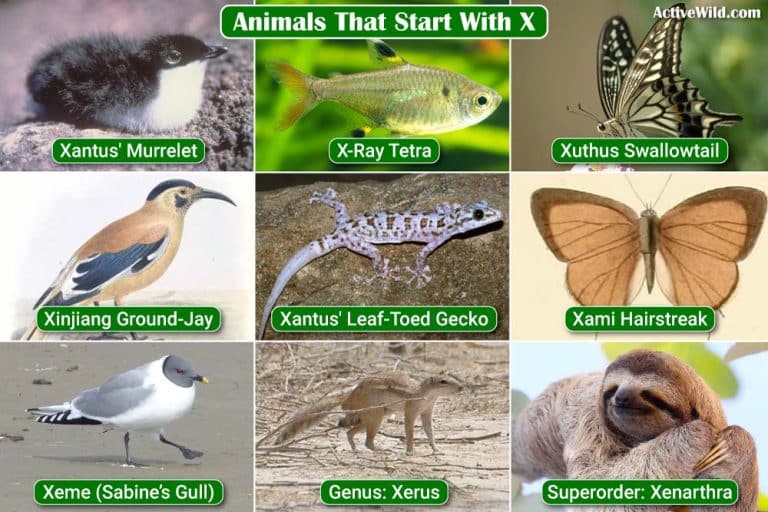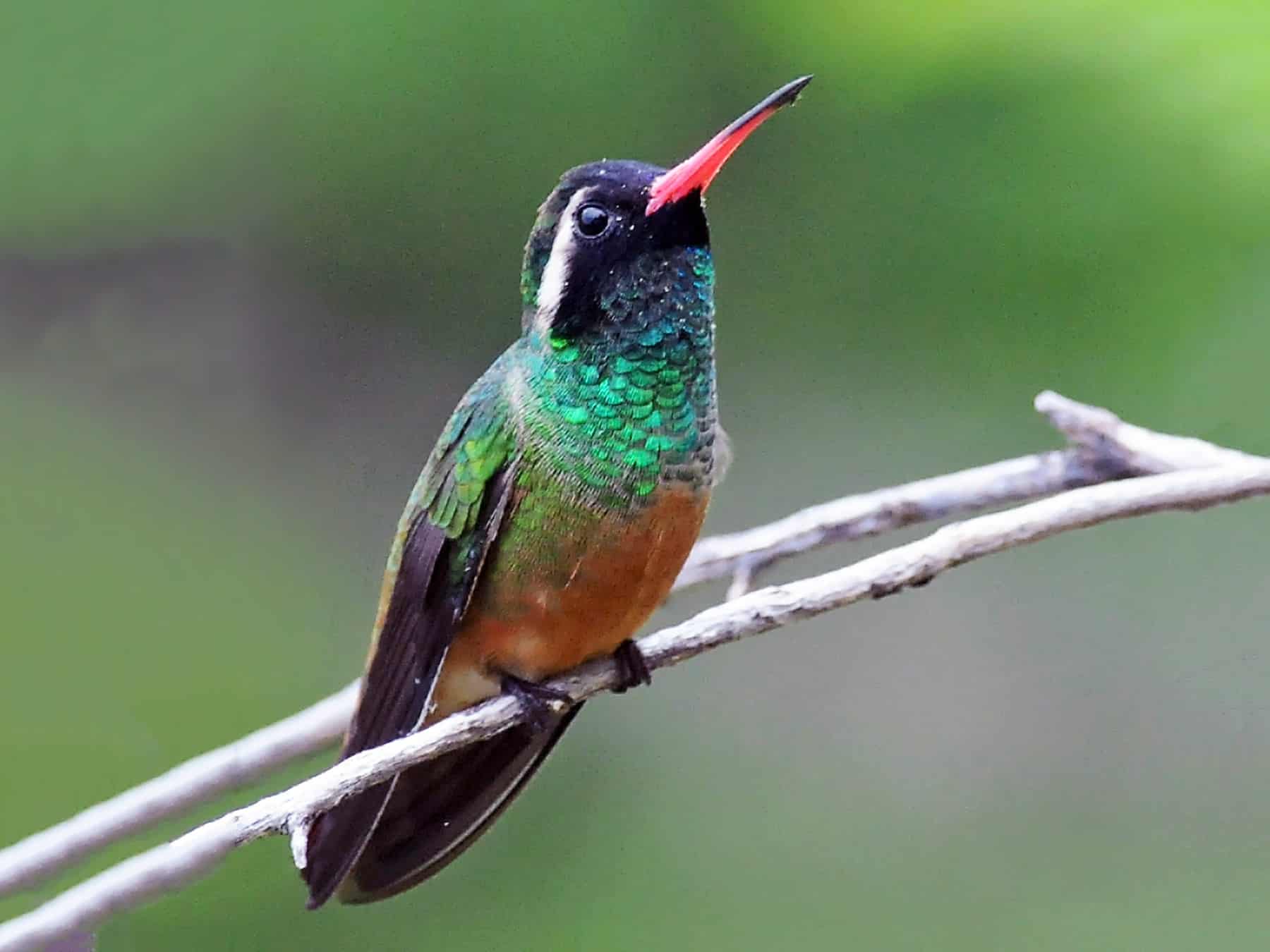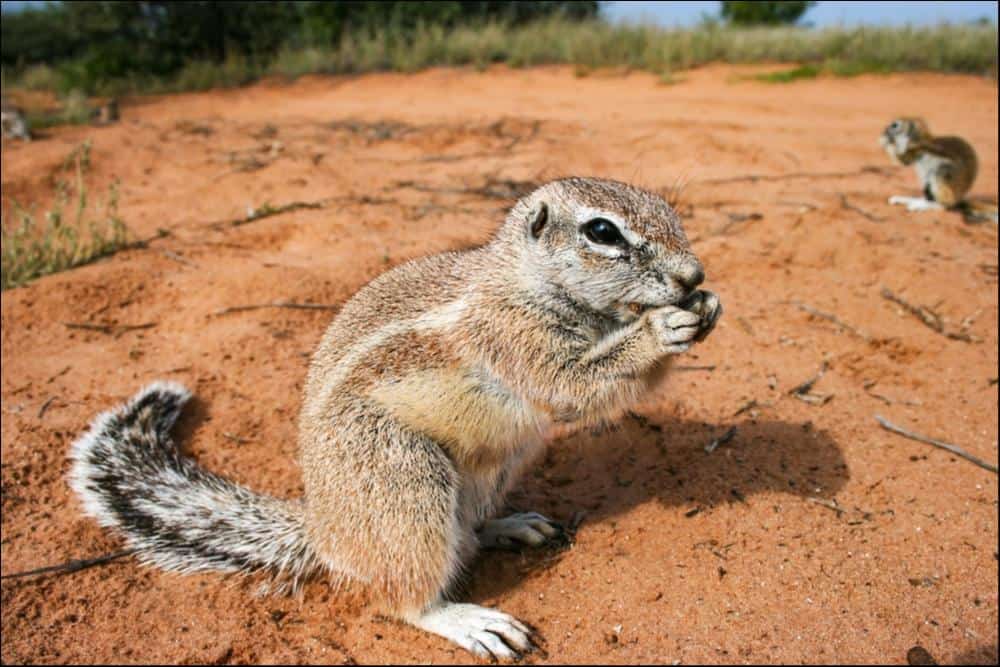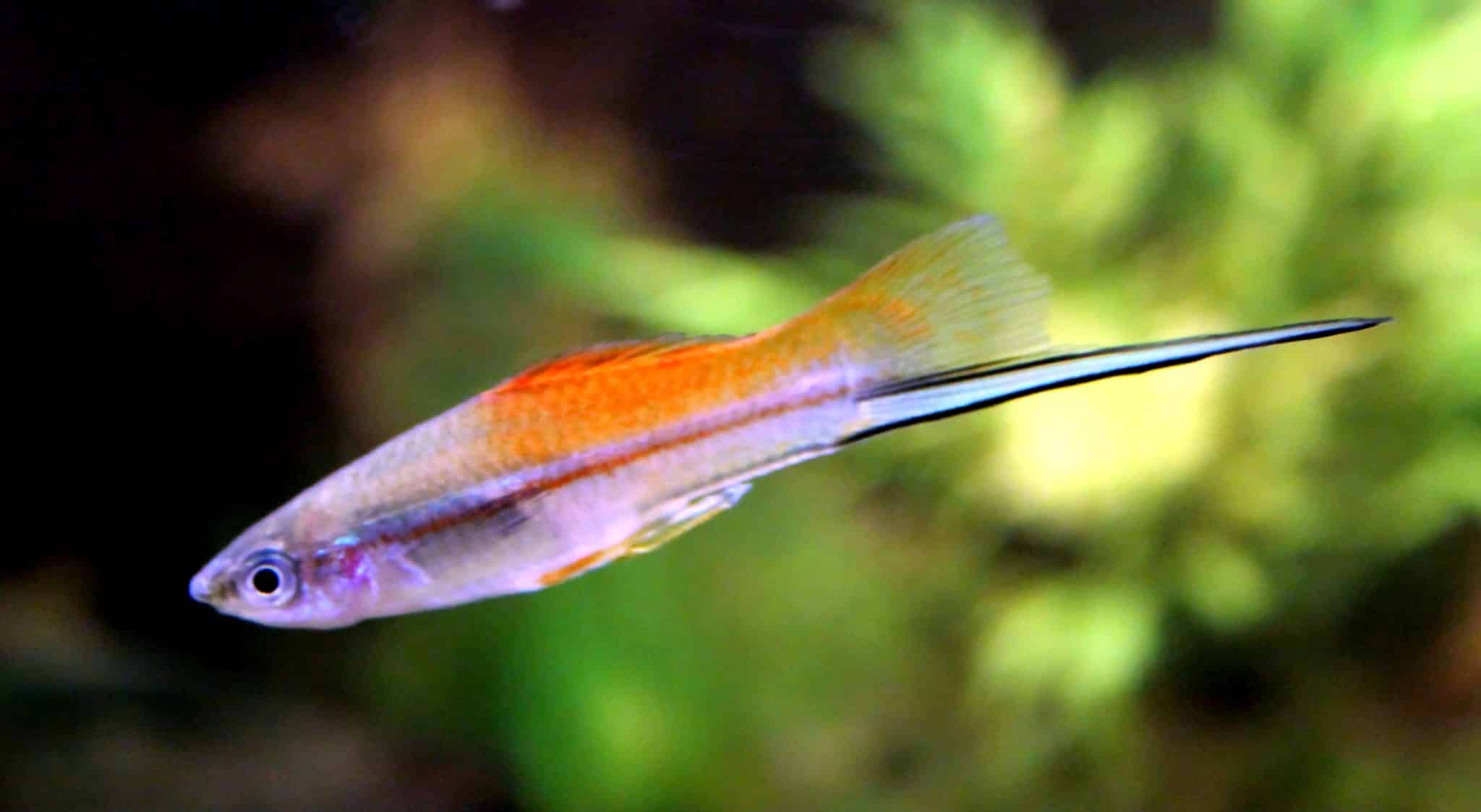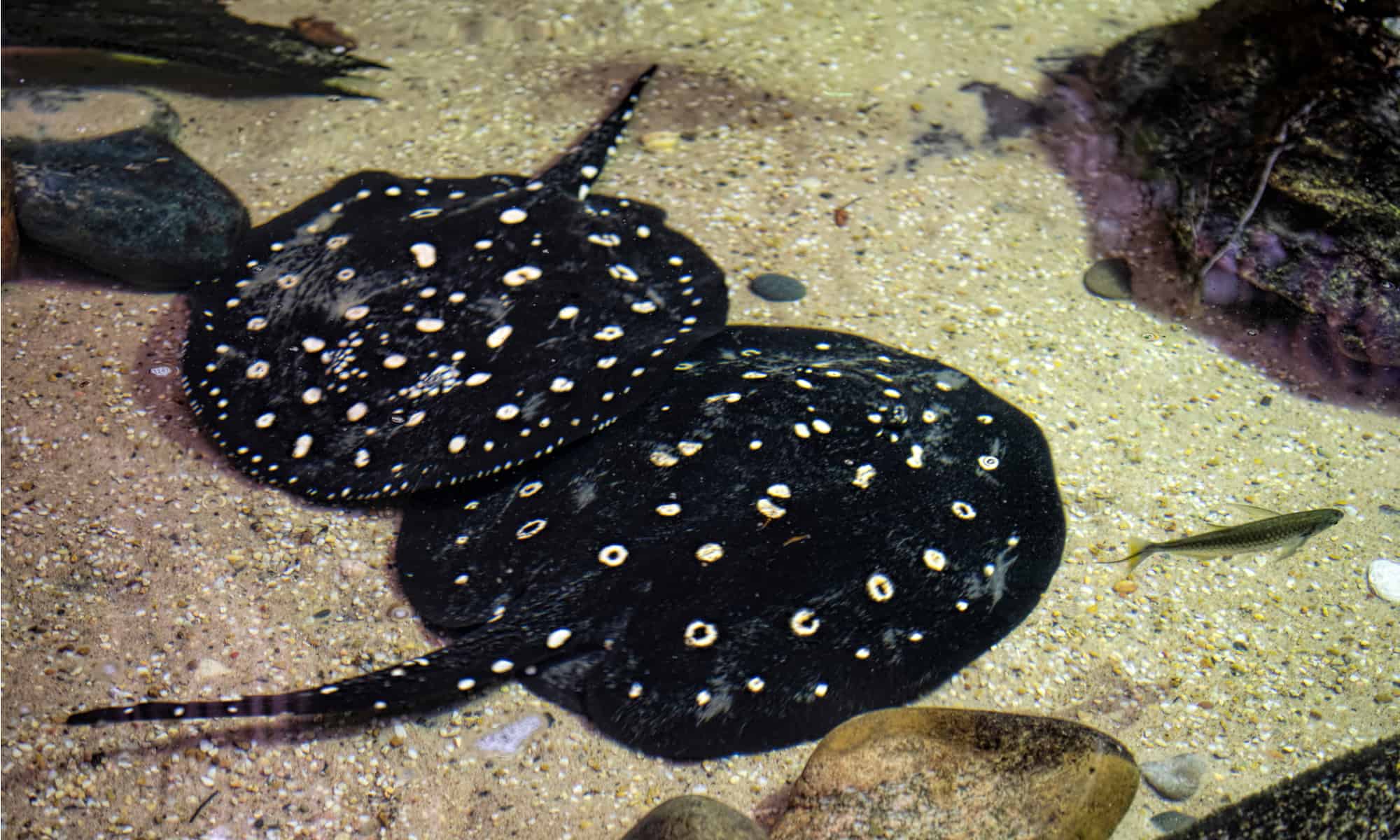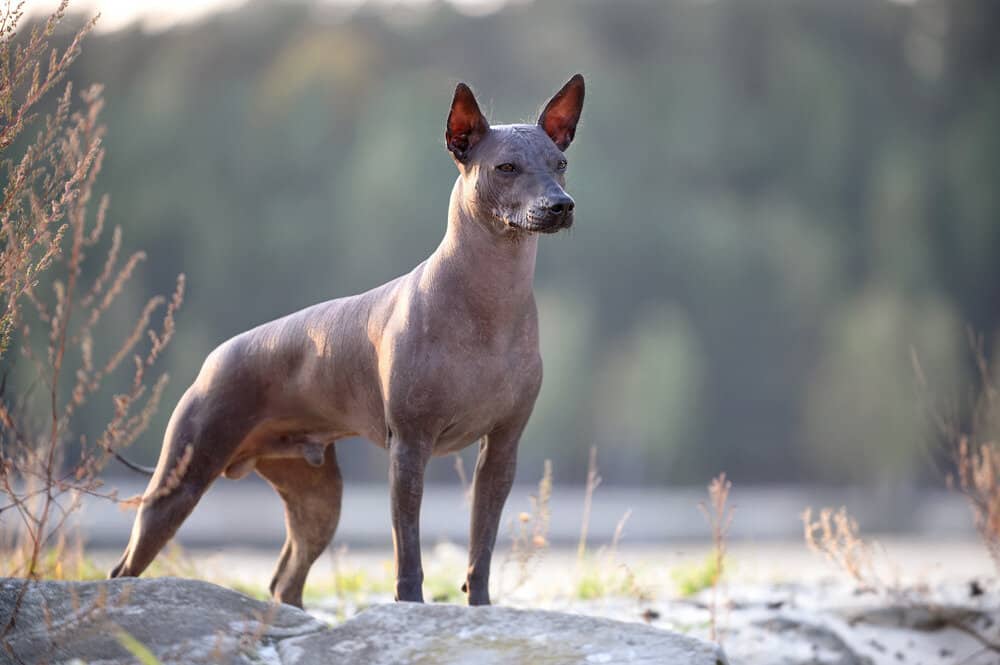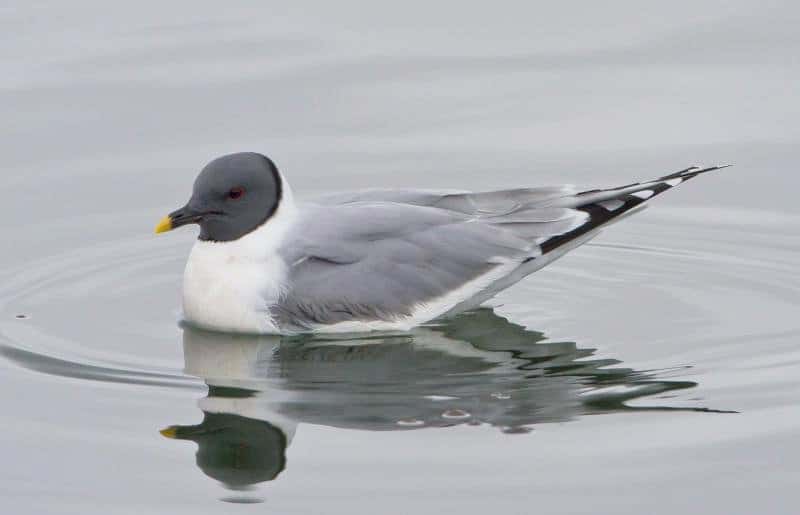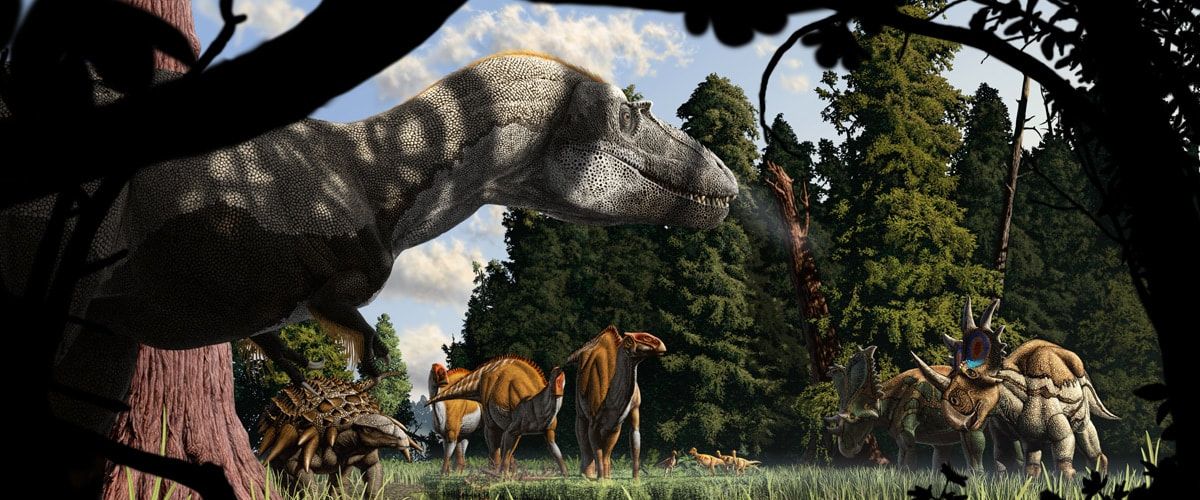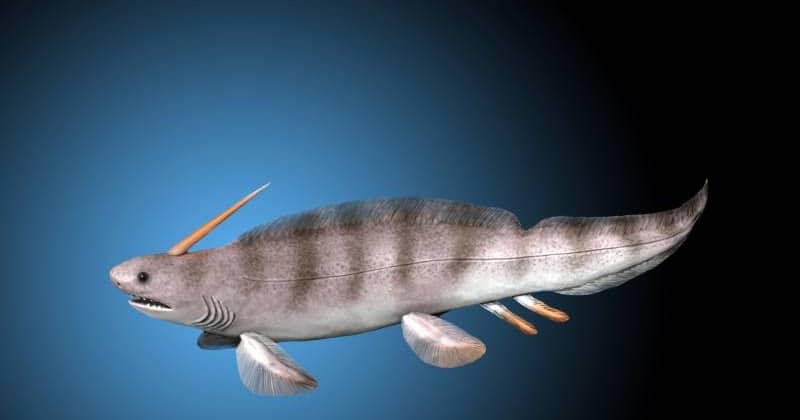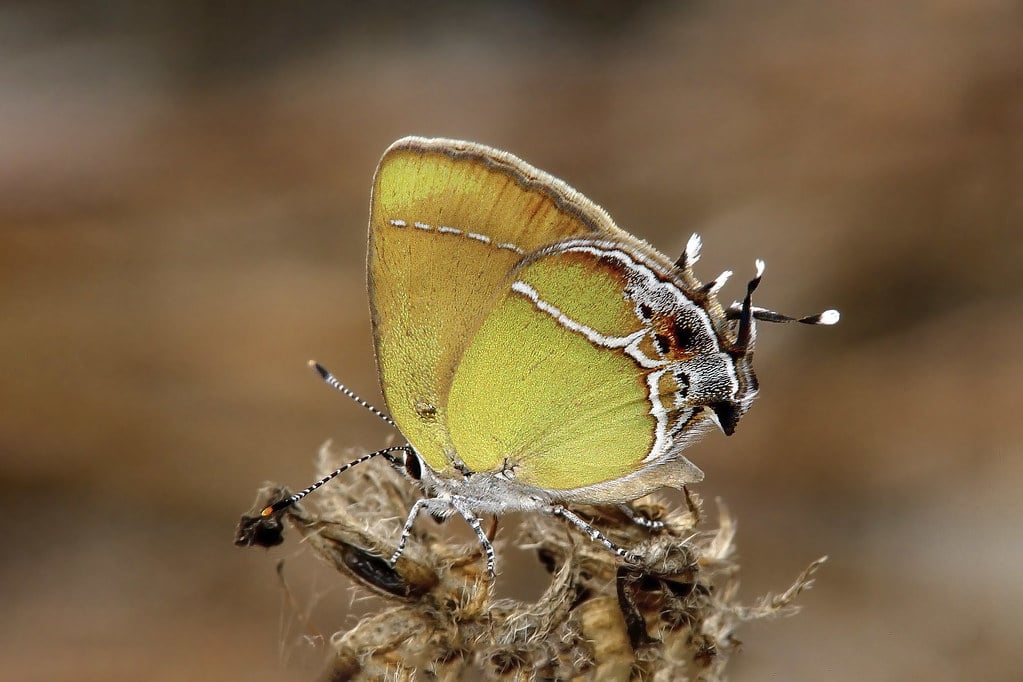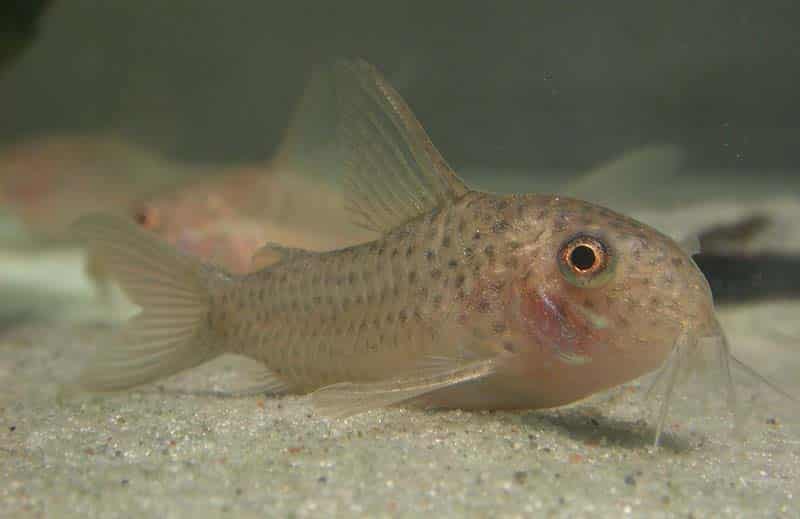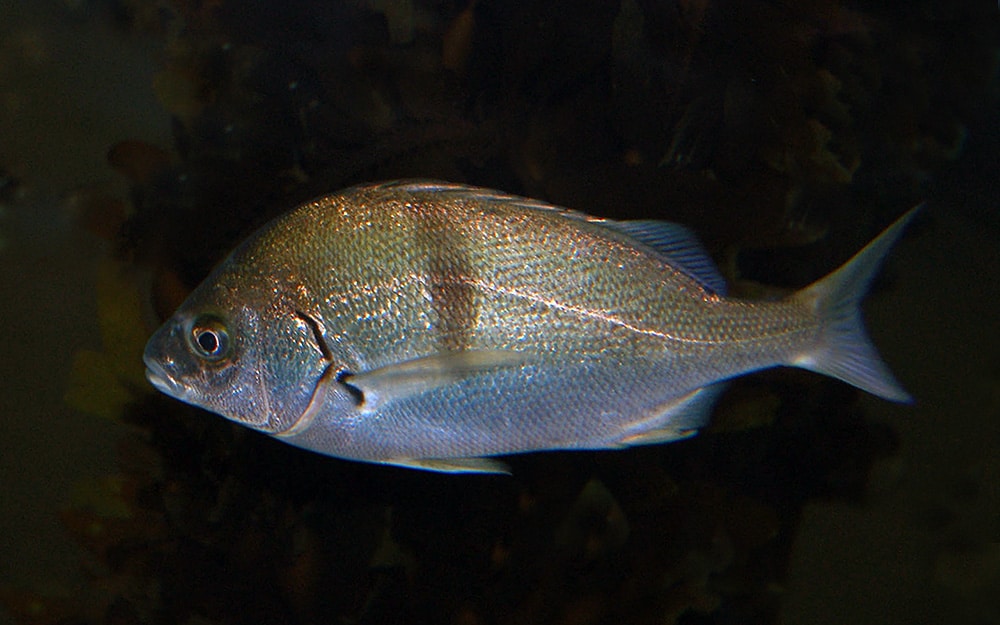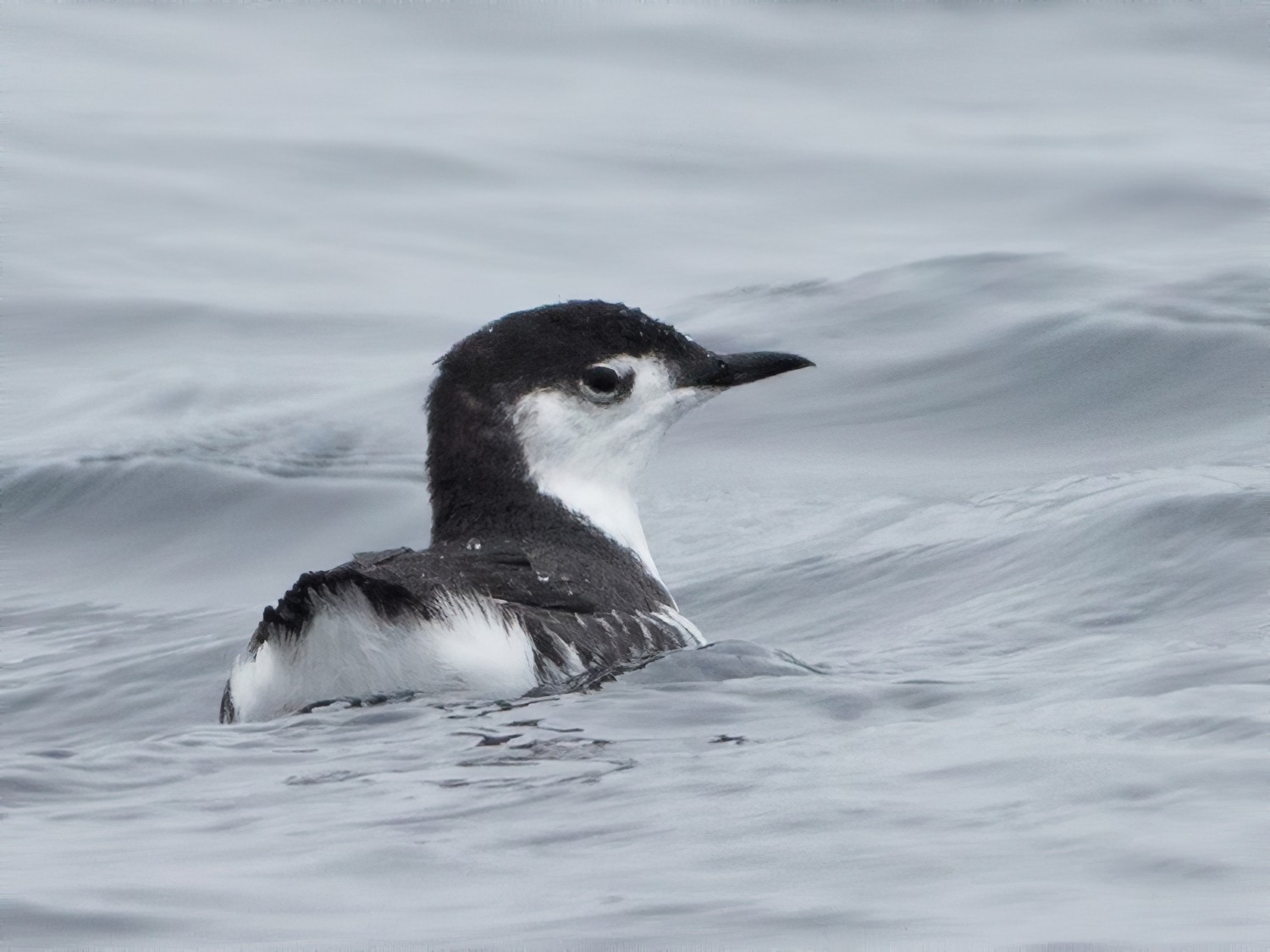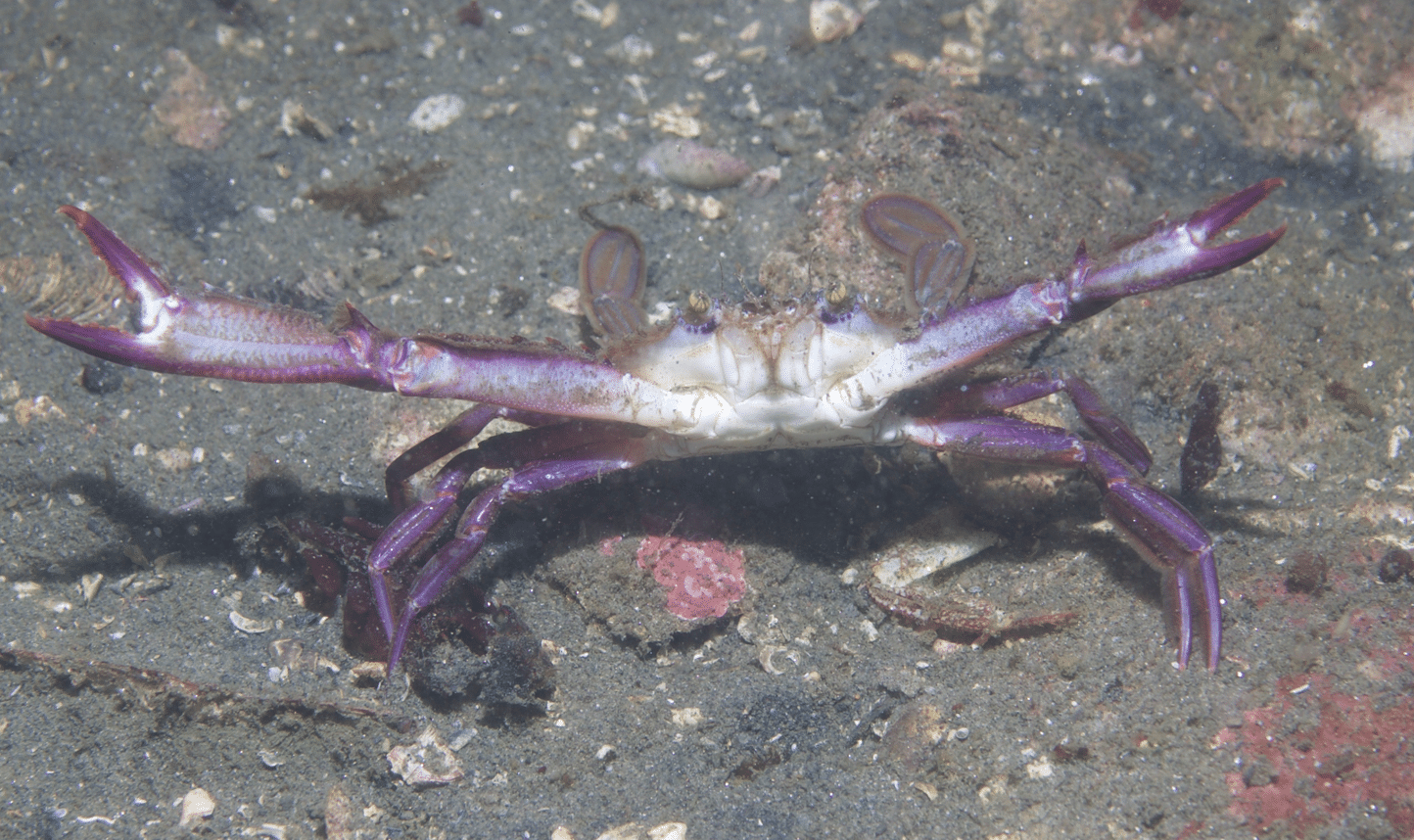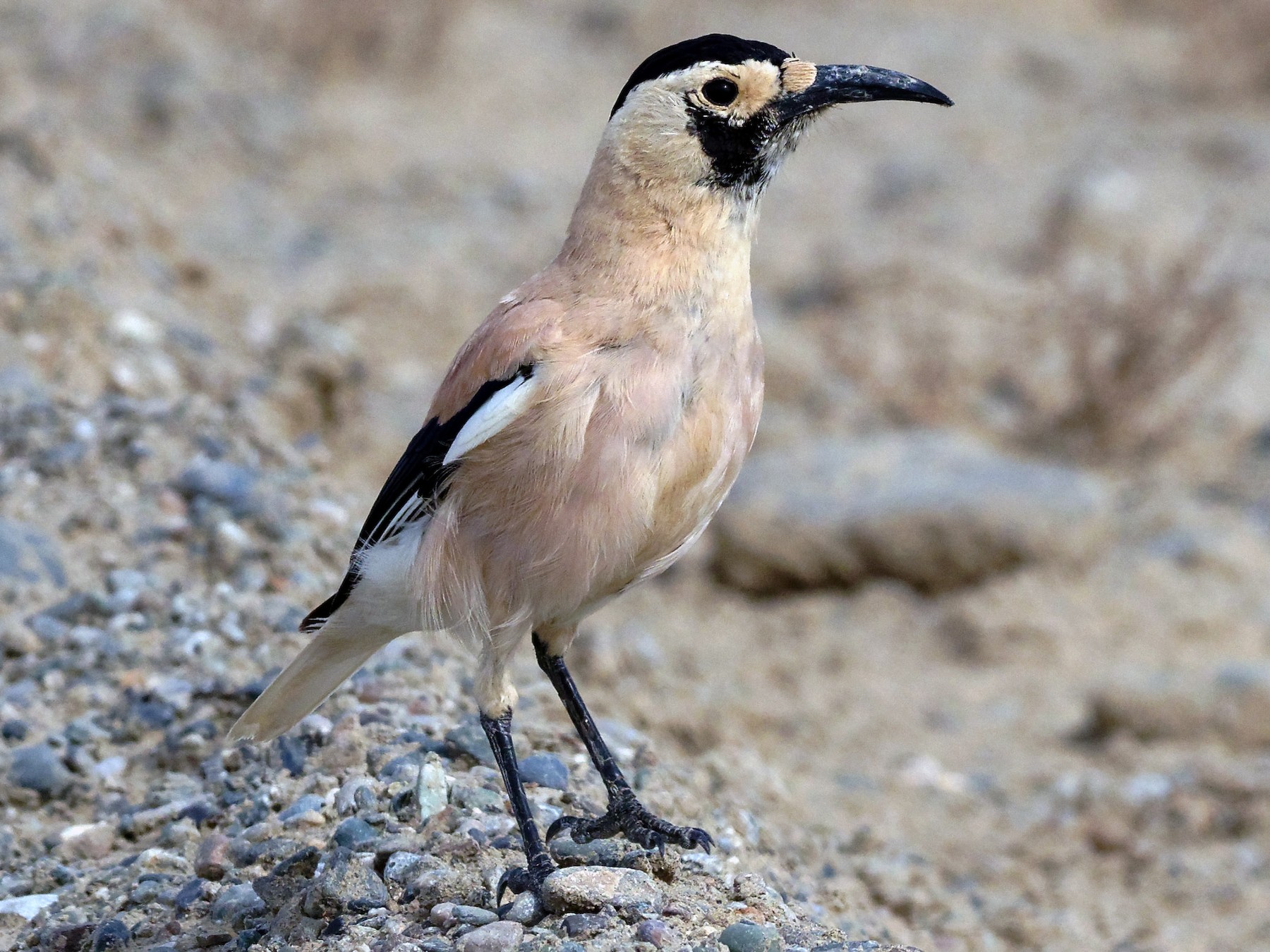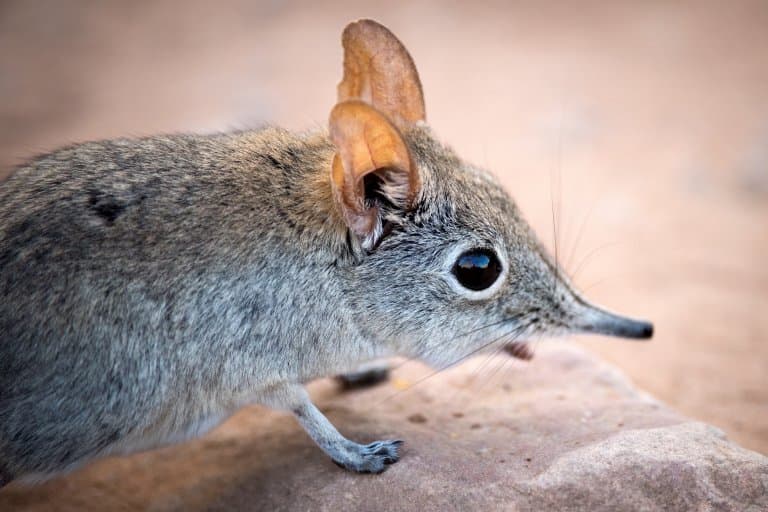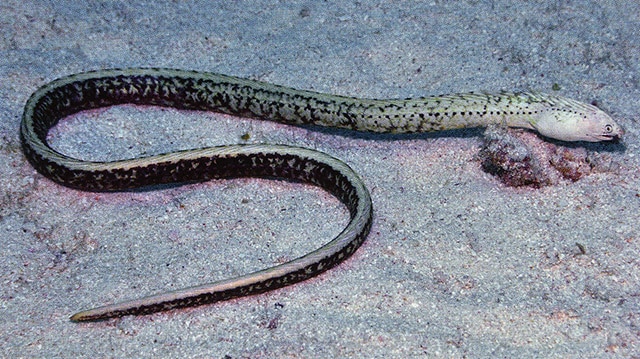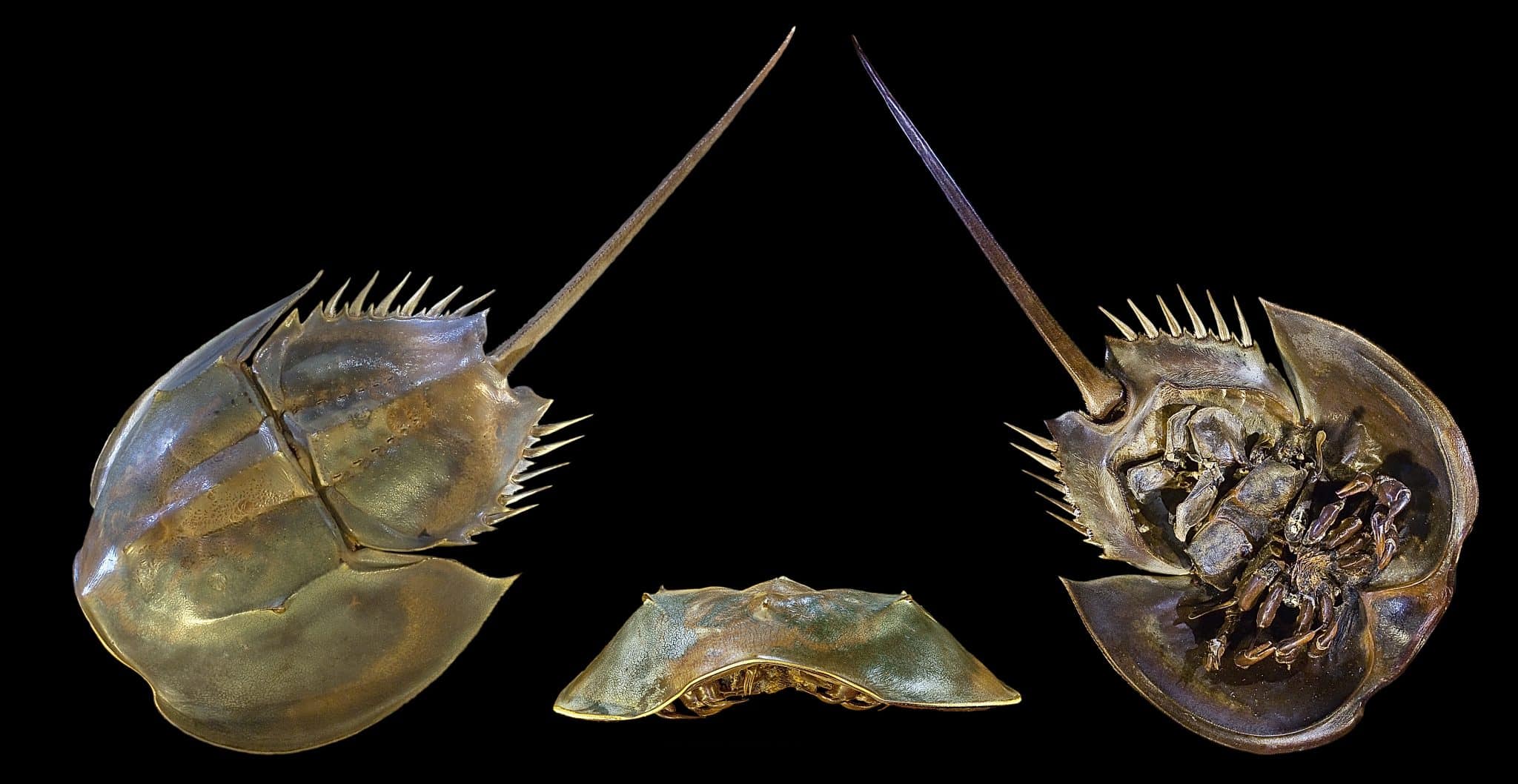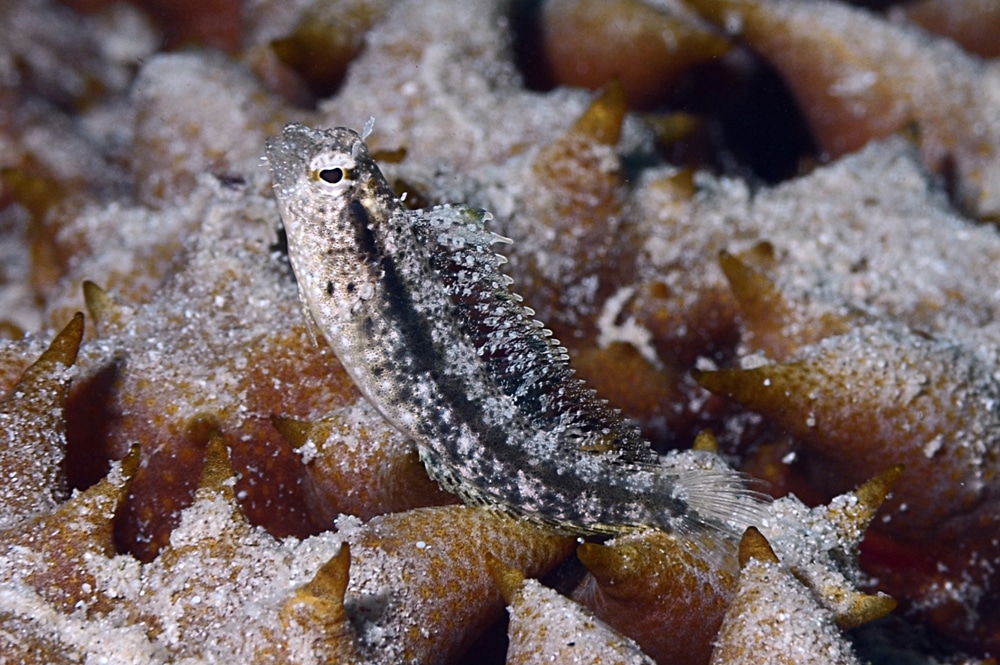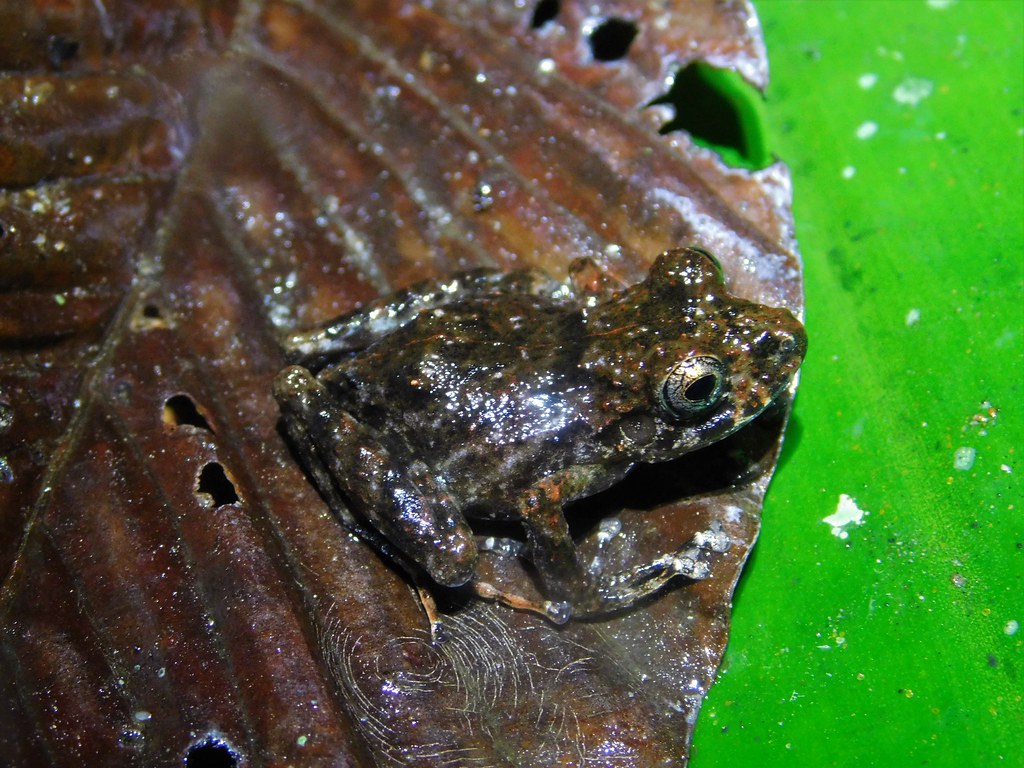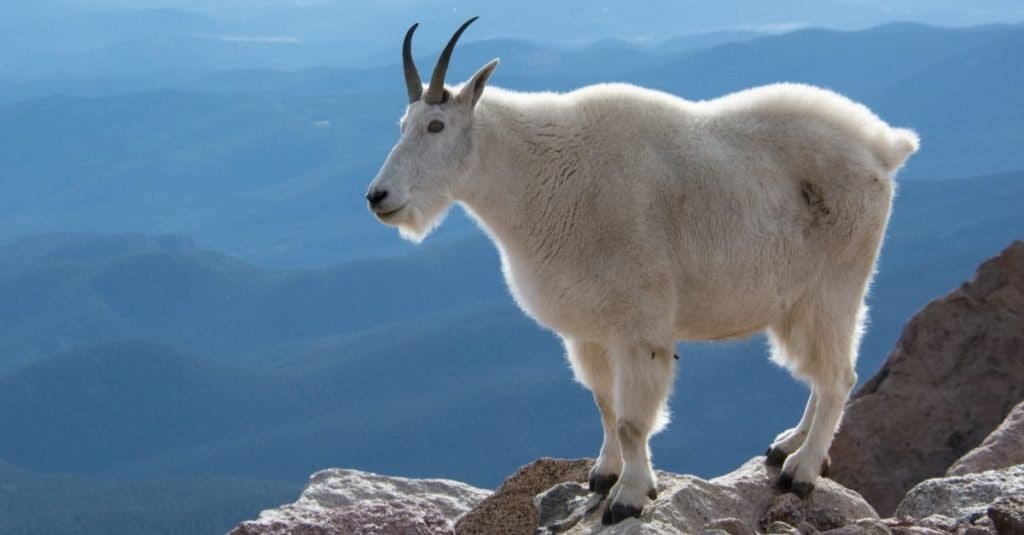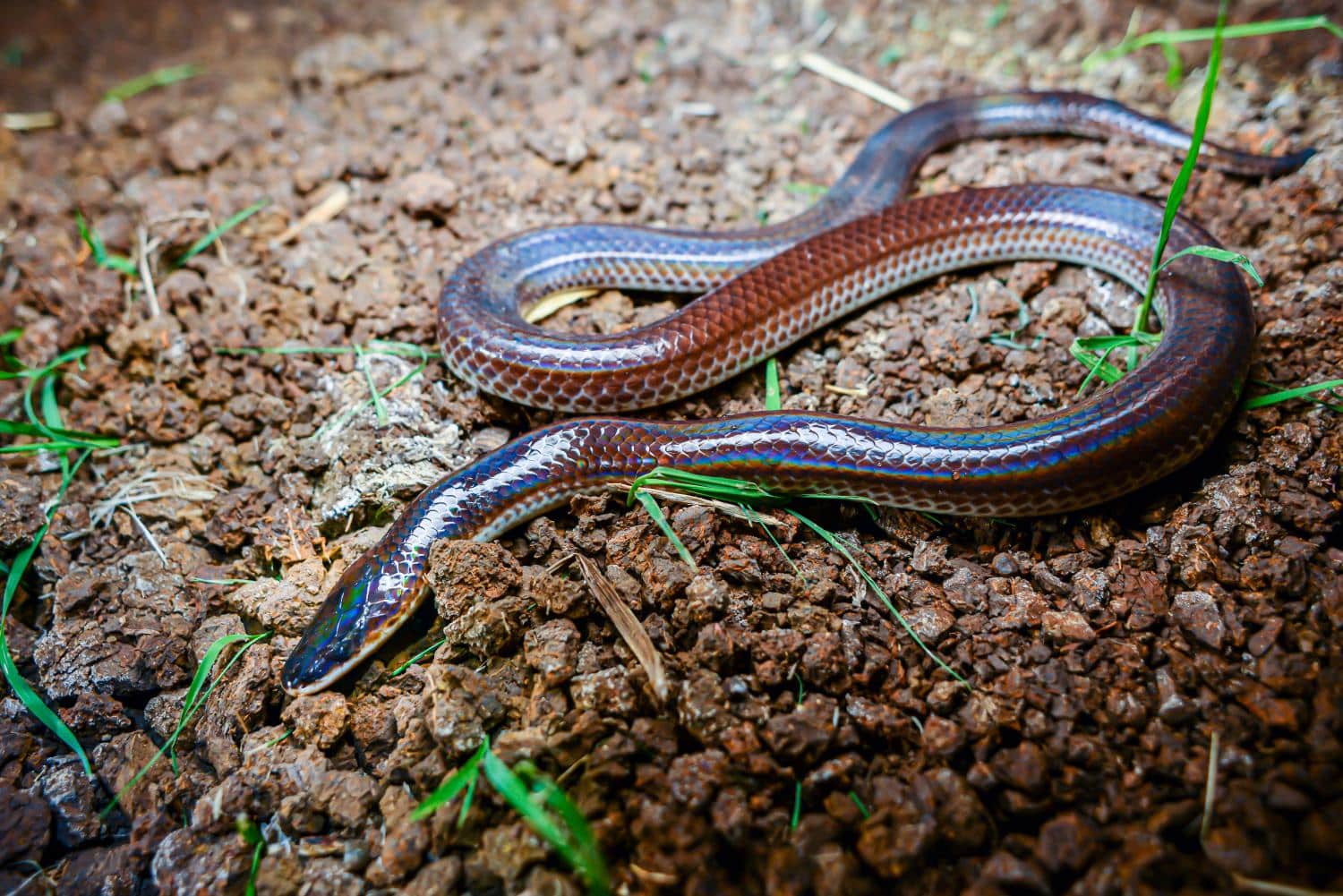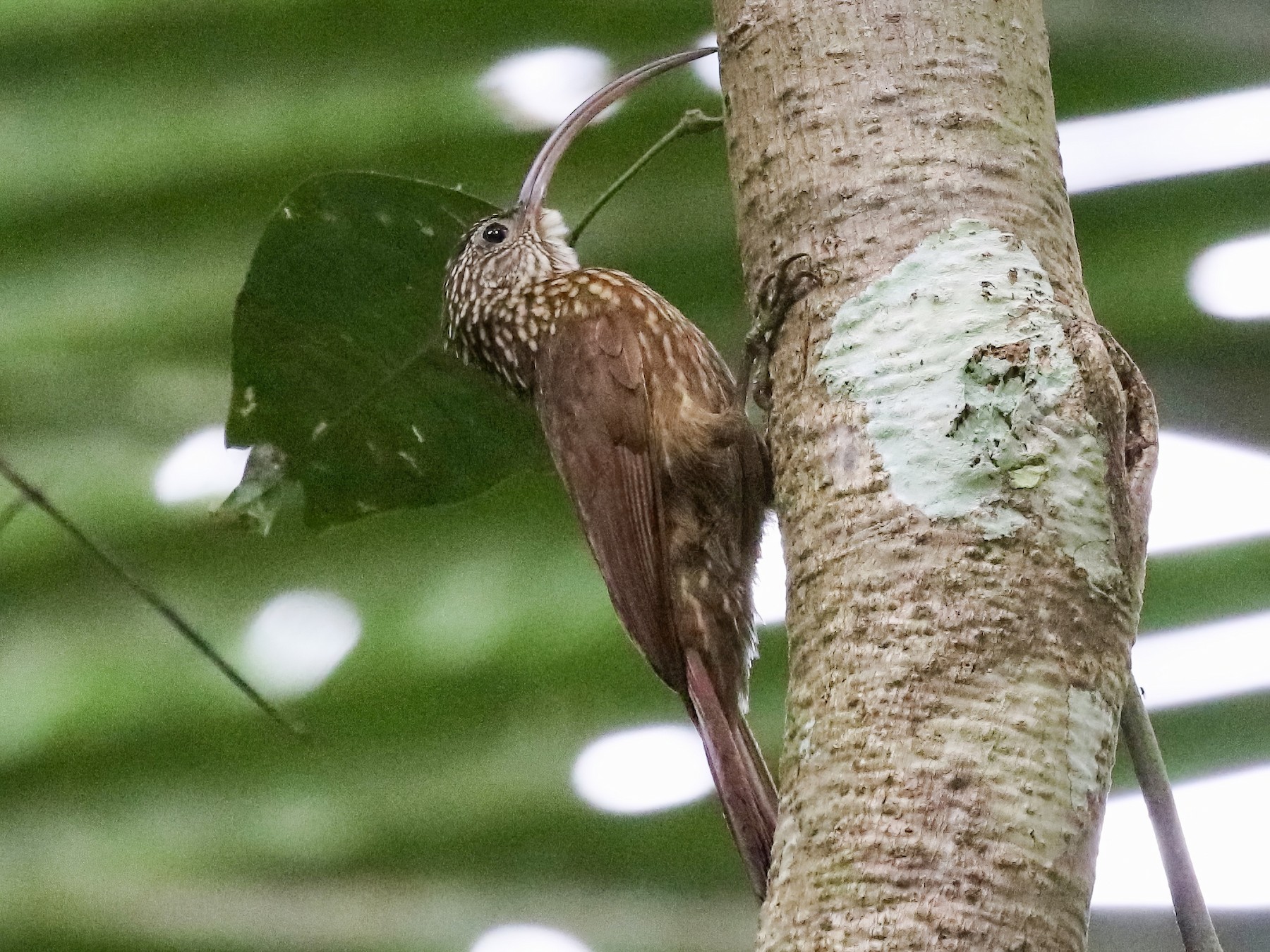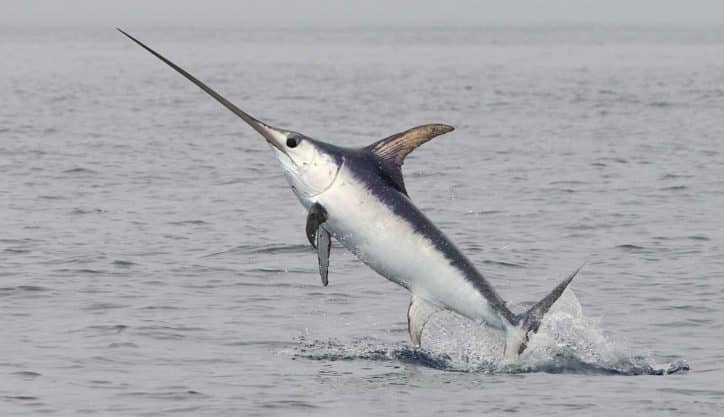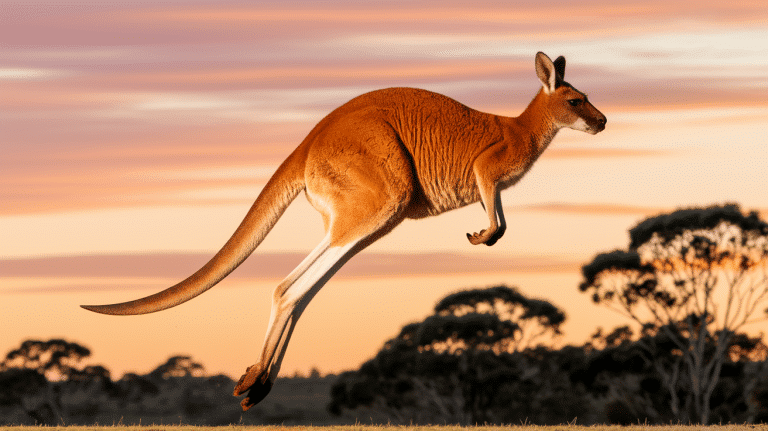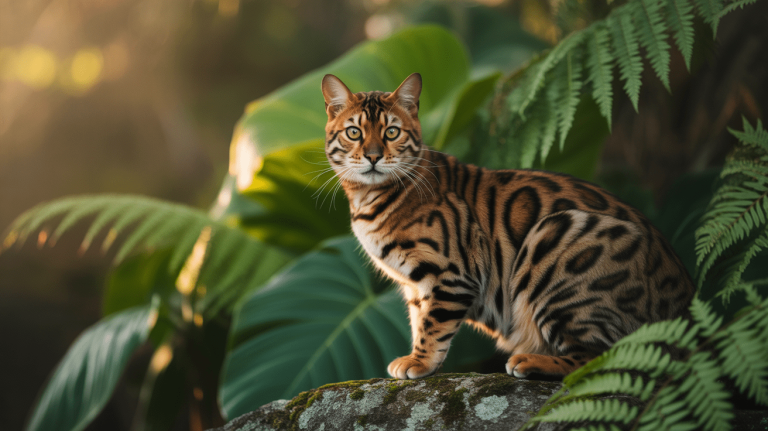Animals that start with “X” may not be as common as others, but they still hold importance in nature.
However, despite their scarcity, these animals contribute to the balance of ecosystems, indirectly benefiting humans and the environment.
By fulfilling specific roles within their habitats, they help maintain biodiversity and ecological stability.
Their presence shows how many different types of animals there are and how nature is very complicated. This tells us we must work hard to keep all animals safe and ensure they don’t disappear.
Let’s explore some common to rare animals that start with X.
Extraordinary Animals Beginning with X
Below are the top 32 animals listed that begin with x.
1. Xantus’s Hummingbird
Origin: Baja California, Mexico
Habitat: Open woodlands and gardens
Diet: Nectar, insects
Size: 3.5 inches long
Scientific Name: Basilinna xantusii
It is a small bird with a green back, white underparts, and a red bill with a black tip.
Interesting Facts
- Named after Hungarian zoologist John Xantus.
- Males perform elaborate aerial displays to attract females.
- Can hover in mid-air thanks to rapid wing flaps.
2. Xenarthra
Origin: South America
Habitat: Various, from rainforests to grasslands
Diet: Varies (insects for anteaters, plants for sloths, omnivorous for armadillos)
Size: Ranges widely, from 5 inches to over 5 feet
Scientific Name: Xenarthra
A diverse group of placental mammals with unique vertebral joint structures.
Interesting Facts
- They have extra articulations in their vertebral columns.
- Some can roll into a ball as a defensive mechanism.
- Sloths are among the slowest-moving animals on Earth.
3. Xenops
Origin: Central and South America
Habitat: Tropical rainforests
Diet: Insects
Size: Around 5 inches long
Scientific Name: Genus Xenops
Small, stubby-tailed birds with sharp, upturned bills.
Interesting Facts
- Forages for insects by climbing tree trunks and branches.
- Can hang upside down to find food.
- Its call is a sharp “chit-chit.”
4. Xantusia
Origin: Southwestern United States and Mexico
Habitat: Desert and rocky areas
Diet: Insects and spiders
Size: 1.5 to 2.5 inches long
Scientific Name: Genus Xantusia
Small, nocturnal lizards with smooth, granular skin.
Interesting Facts
- Named after John Xantus.
- Can live up to 10 years or more.
- Very secretive and seldom seen.
5. Xerus
Origin: Africa
Habitat: Savannas, grasslands, and open woodlands
Diet: Omnivorous (seeds, fruits, insects)
Size: 14 to 20 inches, including the tail
Scientific Name: Genus Xerus
Long-tailed ground squirrels with a bushy tail.
Interesting Facts
- Live in caves to escape the heat.
- Their tail can be used as a shade from the sun.
- Social animals are often seen in groups.
6. Xiphophorus
Origin: North and Central America
Habitat: Freshwater streams and rivers
Diet: Omnivorous
Size: 2 to 6 inches long
Scientific Name: Genus Xiphophorus
Small, colorful freshwater fish with a distinctive sword-like tail in males.
Interesting Facts
- Popular in the aquarium trade.
- Can hybridize between species.
- The “sword” is used in mating displays and aggression.
7. X-ray Tetra
Origin: Amazon River Basin
Habitat: Freshwater rivers
Diet: Omnivorous (small invertebrates, plants)
Size: Up to 2.5 inches long
Scientific Name: Pristella maxillaris
Small, translucent fish with visible bones resembling an x-ray.
Interesting Facts
- Its transparency is a form of camouflage.
- Can adapt to various water conditions.
- Social species prefer living in schools.
8. Xenoceratops
Origin: Canada
Habitat: Terrestrial
Diet: Herbivorous
Size: Approximately 20 feet long
Scientific Name: Xenoceratops foremostensis
Large dinosaur with distinctive horns and a frilled head.
Interesting Facts
- Lived during the Late Cretaceous period.
- “Xenoceratops” means “foreign horned face.”
- Its horns and frill may have been used in display or defense.
9. Xingu River Ray
Origin: Xingu River, Brazil
Habitat: Freshwater river
Diet: Carnivorous (fish, crustaceans)
Size: Up to 18 inches in diameter
Scientific Name: Potamotrygon leopoldi
Freshwater stingray with distinctive black and white spots.
Interesting Facts
- Also known as the Polka Dot Stingray.
- Can deliver a nasty sting with its tail.
- Endemic to the Xingu River Basin.
10. Xoloitzcuintli
Origin: Mexico
Habitat: Domestic
Diet: Omnivorous
Size: Varies; toy, miniature, and standard sizes up to 30 inches tall
Scientific Name: Canis lupus familiaris
Hairless dog breeds have a sleek body and alert demeanor.
Interesting Facts
- Ancient breed with ties to the Aztec civilization.
- Considered a guide for the dead towards the underworld in Aztec mythology.
- Its body heat has been used for therapeutic purposes.
11. Xeme (Sabine’s Gull)
Origin: Arctic and subarctic regions
Habitat: Coastal, open sea during winter
Diet: Omnivorous (fish, insects, crustaceans)
Size: Approximately 13-14 inches long
Scientific Name: Xema sabini
It is a small gull with a black head, white body, and a distinctive forked tail.
Interesting Facts
- Known for its long migratory patterns.
- Breeds in the high Arctic tundra.
- Its call is a high-pitched, cackling laugh.
12. Xenoposeidon
Origin: England
Habitat: Terrestrial
Diet: Herbivorous
Size: Estimated over 20 feet long
Scientific Name: Xenoposeidon proneneukos
A dinosaur, known as a single vertebra, is believed to be a type of sauropod.
Interesting Facts
- Lived during the Early Cretaceous period.
- The name means “strange Poseidon.”
- Its unique bone structure sets it apart from other sauropods.
13. Xenacanthus
Origin: Worldwide, in fresh and brackish waters
Habitat: Aquatic
Diet: Carnivorous (fish, small aquatic animals)
Size: Up to 3 feet long
Scientific Name: Xenacanthus
Prehistoric shark with an eel-like body and a distinctive spine on its head.
Interesting Facts
- Lived from the Late Carboniferous to the Early Permian period.
- The spine was likely used for defense.
- Its fossils have been found on every continent except Antarctica.
14. Xami Hairstreak
Origin: North America
Habitat: Scrub, woodlands
Diet: Herbivorous (larvae feed on plant leaves)
Size: Wingspan of about 1-1.5 inches
Scientific Name: Callophrys xami
This small butterfly has a beautiful green, white, and black pattern on its underwings.
Interesting Facts
- The adults are nectar feeders.
- Mimics leaves and branches when at rest.
- Its larval host plants are in the genus Juniperus.
15. Xingu Corydoras
Origin: Xingu River, Brazil
Habitat: Freshwater rivers
Diet: Omnivorous (worms, small crustaceans, plant matter)
Size: Up to 2.5 inches long
Scientific Name: Corydoras xinguensis
Small, bottom-dwelling fish with distinctive armor plating.
Interesting Facts
- It is known for its social behavior, often seen in groups.
- Part of the armored catfish family.
- Its body is adapted to sift through bottom substrates for food.
16. Xalda Sheep
Origin: Spain
Habitat: Pastures and mountainous areas
Diet: Herbivorous (grasses)
Size: Medium-sized sheep
Scientific Name: Ovis aries (Xalda variety)
A breed of domestic sheep known for its long, coarse wool.
Interesting Facts
- Highly adapted to harsh mountain environments.
- Known for its resistance to diseases.
- Its wool is prized for its quality and durability.
17. Xantic Sargo
Origin: Eastern Pacific Ocean
Habitat: Coastal waters, reefs
Diet: Omnivorous (algae, small invertebrates)
Size: Up to 18 inches in length
Scientific Name: Anisotremus davidsonii
A medium-sized fish with a silver body and yellowish fins.
Interesting Facts
- Forms schools around rocky reefs and kelp beds.
- A popular target for recreational fishermen.
- Its diet helps control algae growth on reefs.
18. Xantus’s Murrelet
Origin: North America
Habitat: Open ocean and coastal islands
Diet: Carnivorous (small fish and squid)
Size: About 9 inches long
Scientific Name: Synthliboramphus hypoleucus
A small seabird with black and white plumage and a distinctive night-time vocalization.
Interesting Facts
- Nests on the ground in islands’ crevices.
- Known for its elusive behavior.
- Its chicks are precocial and leave the nest within two days of hatching to head to sea.
19. Xantus’ Swimming Crab
Origin: Western Atlantic Ocean
Habitat: Sandy and muddy bottoms near coral reefs
Diet: Omnivorous (detritus, small fish, and invertebrates)
Size: Up to 5 inches across
Scientific Name: Portunus xantusii
A colorful crab with a predominantly blue body and swimming paddles as rear legs.
Interesting Facts
- Named after John Xantus, a Hungarian zoologist.
- Agile swimmer, using its rear paddles to navigate.
- Can bury itself in sand as a defense mechanism.
20. Xinjiang Ground Jay
Origin: China
Habitat: Deserts and semi-desert regions
Diet: Omnivorous (seeds, insects)
Size: Approximately 12 inches long
Scientific Name: Podoces biddulphi
A bird with a long tail and cryptic brown plumage adapted to its desert surroundings.
Interesting Facts
- Also known as the Biddulph’s ground jay.
- Constructs nests on the ground.
- Its behavior and adaptations are uniquely suited to life in arid landscapes.
21. Xanthippe’s Shrew
Origin: East Africa
Habitat: Forests and woodlands
Diet: Insectivorous
Size: Small, precise measurements vary
Scientific Name: Crocidura xantippe
A tiny mammal with a pointed snout and a dense, soft fur.
Interesting Facts
- Named after Xanthippe, the wife of Socrates.
- Active mainly at night (nocturnal).
- Lives a solitary life, except during breeding season.
22. Xestochilus Nebulosus
Origin: Indo-Pacific Ocean
Habitat: Coral reefs
Diet: Carnivorous (feeds on small invertebrates)
Size: Small, detailed size unavailable
Scientific Name: Xestochilus nebulosus
A species of reef fish with a distinctive pattern and coloration, blending into coral environments.
Interesting Facts
- Part of the wrasse family.
- It is known for its ability to change sex from female to male.
- Plays a role in controlling populations of smaller reef invertebrates.
23. Xiphosura (Horseshoe Crabs)
Origin: Coastal regions worldwide
Habitat: Shallow ocean floors, estuaries
Diet: Omnivorous (worms, mollusks, algae)
Size: Up to 24 inches long
Scientific Name: Subphylum Xiphosura
Ancient marine arthropods with a hard, horseshoe-shaped carapace.
Interesting Facts
- Have blue blood that is valuable in medical research.
- Fossils date back over 450 million years.
- Play a crucial role in coastal ecosystems.
24. Xestus Sabretooth Blenny
Origin: Indo-Pacific Ocean
Habitat: Coral reefs
Diet: Carnivorous (feeds on small fish and crustaceans)
Size: Up to 4 inches long
Scientific Name: Xestus fangblennius (hypothetical scientific name; real species may vary)
Small, colorful fish with elongated bodies and distinctive fang-like teeth.
Interesting Facts
- Mimics the appearance of other reef fish.
- Uses its sharp teeth to deliver a painful bite.
- Often hides in crevices within coral reefs.
25. Xolmis (Monjitas)
Origin: South America
Habitat: Open and semi-open landscapes
Diet: Insectivorous
Size: Varies, generally around 7 to 8 inches long
Scientific Name: Genus Xolmis
A genus of passerine birds characterized by their uniform gray or white plumage.
Interesting Facts
- Known for their sallying flight behavior to catch insects.
- Often found perched conspicuously on fences or bushes.
- Some species are nomadic, moving in response to food availability.
26. Xucaneb Robber Frog
Origin: Central America
Habitat: Montane forests
Diet: Insectivorous
Size: Small, precise measurements vary
Scientific Name: Craugastor xucaneb (assuming hypothetical, specific species may vary)
A small, terrestrial frog with a cryptic coloration blending into the forest floor.
Interesting Facts
- Named after the Xucaneb area where it was found.
- Capable of surviving in relatively cool, high-altitude habitats.
- Its population is considered vulnerable due to habitat destruction.
27. Xuthus Swallowtail
Origin: Asia
Habitat: Woodlands and meadows
Diet: Nectar (adults), host plant leaves (larvae)
Size: Wingspan up to 3 inches
Scientific Name: Papilio xuthus
A butterfly with yellow and black patterned wings, distinctive for its tail-like extensions.
Interesting Facts
- Larvae mimic bird droppings for camouflage.
- Adults have a rapid and powerful flight.
- Widely distributed across East Asia.
28. Xantis Yak
Origin: Himalayan region
Habitat: Alpine meadows, mountainous areas
Diet: Herbivorous (grasses, herbs)
Size: Up to 11 feet long and 6.5 feet tall at the shoulder
Scientific Name: Bos grunniens
Large, domesticated bovids with long, dense fur and large horns.
Interesting Facts
- Vital to indigenous cultures for transportation, milk, and meat.
- Can live at altitudes over 6,000 meters.
- Known for their grunting sound.
29. Xuhai Goat
Origin: China
Habitat: Rural farmlands
Diet: Herbivorous (grasses, shrubs)
Size: Medium-sized goat
Scientific Name: Capra aegagrus hircus (Xuhai variety)
A breed of domestic goat known for its productivity and adaptability.
Interesting Facts
- Bred for both meat and milk.
- Known for their hardiness and disease resistance.
- Plays a significant role in local economies.
30. Xenopeltis Unicolor (Sunbeam Snake)
Origin: Southeast Asia
Habitat: Forests, rice fields
Diet: Carnivorous (small mammals, amphibians)
Size: Up to 4 feet long
Scientific Name: Xenopeltis unicolor
A non-venomous snake with smooth, iridescent scales.
Interesting Facts
- When disturbed, it coils up and hides its head beneath its body.
- Its scales refract light, creating a rainbow-like effect.
- Burrows underground and is seldom seen during the day.
31. Xingu Scythebill
Origin: Brazil
Habitat: Amazonian rainforest
Diet: Insectivorous
Size: Approximately 7 inches long
Scientific Name: Campylorhamphus trochilirostris xinguensis (assuming subspecies of the Red-billed Scythebill)
A bird with a long, curved bill adapted for extracting insects from bark and crevices.
Interesting Facts
- Specializes in foraging on dead and decaying wood.
- Its distinctive bill shape sets it apart from other bird species.
- Relatively unknown, highlighting the biodiversity of the Amazon.
32. Xiphias Gladius (Swordfish)
Origin: Worldwide oceans
Habitat: Open ocean
Diet: Carnivorous (fish, squid)
Size: Up to 14 feet in length
Scientific Name: Xiphias gladius
Large, predatory fish with a long, flat bill.
Interesting Facts
- Capable of reaching speeds of up to 60 mph.
- Uses its bill to stun prey during hunting.
- They can dive to depths of over 2,000 feet in search of food.
Conclusion
Overall, it’s clear that every animal, no matter how rare or unusual, is important for keeping our world balanced.
By understanding and protecting animals that might not be well-known, we can help maintain the diversity of life on Earth.
Remembering to care for all creatures, even those starting with uncommon letters like “X,” is crucial for the health of our planet.
So, let’s continue to learn about and appreciate all the animals around us, big or small, popular or not.
Together, we can work towards a future where every species can thrive unitely with nature.

